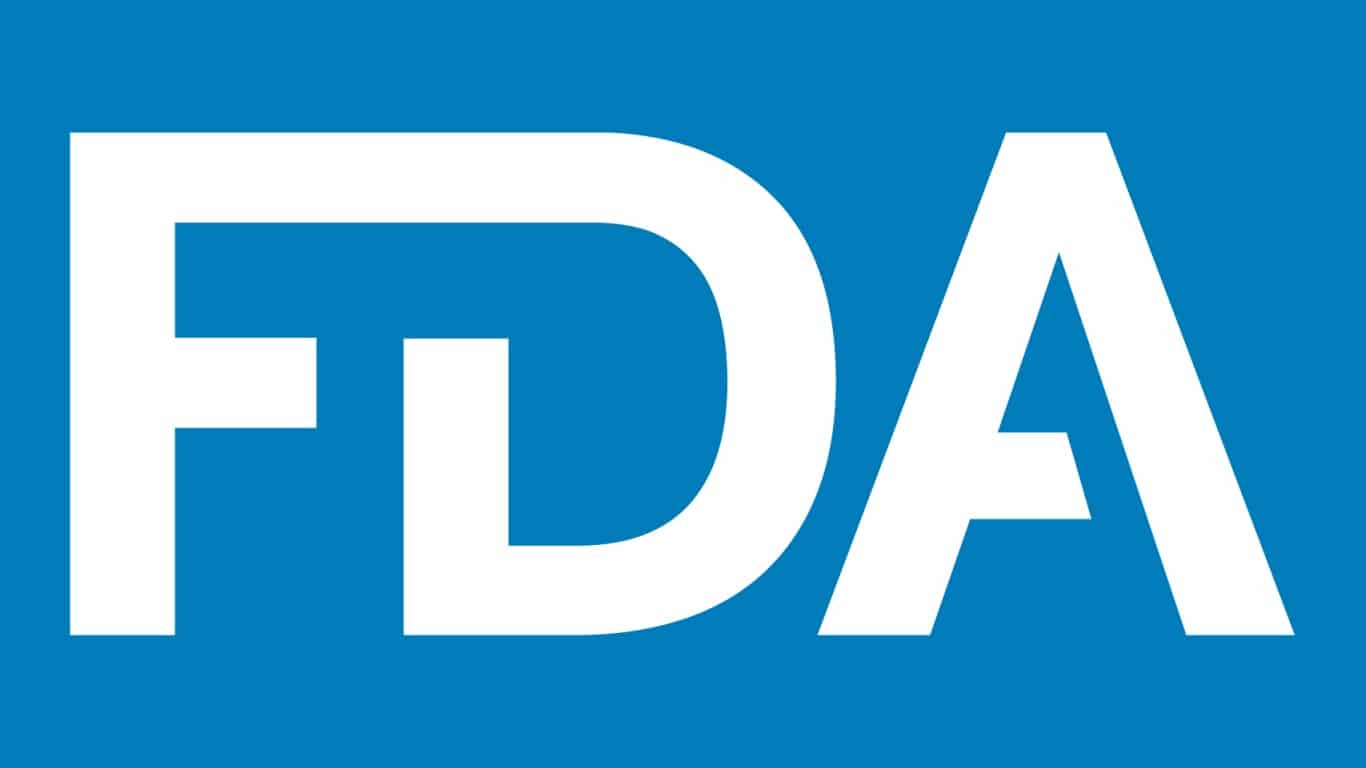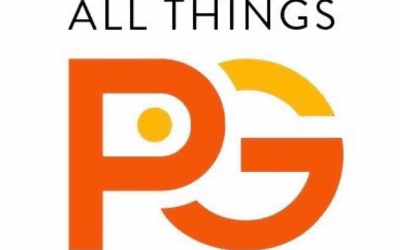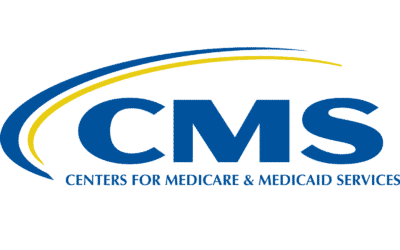Hyperbaric oxygen chambers are classified by the US Food and Drug Administration (FDA) as “Class II medical devices.” Class II medical devices are those devices that have a moderate to high risk to the patient and/or user and the majority of medical devices fall under this category.
The FDA “clears” devices for use in specific conditions. When a medical device is used for conditions on the FDA clearance list, it is logically considered “on-label” use. When a device is used for a condition NOT on the FDA clearance list, it is considered “off-label” use. It is important to know that the labeling of a device does not “limit” its appropriate medical use. In fact, off-label use of medical devices is extremely common and for some medical devices, off-label use is even the “norm”.
Despite the fact that the FDA labeling does not limit appropriate clinical use of a device, payers often use the FDA clearance list as a reason to deny payment for off-label use. For decades, perhaps the main reason that Sudden Sensorineural Hearing Loss (SSHL) and Central Radial Artery Occlusion (CRAO) have remained uncovered by most payers (despite support for HBOT from the related specialty societies) is that those indications were previously not on the FDA clearance list for hyperbaric chambers.
Thus, the fact that the FDA has now included: “Hearing loss (complete hearing loss that occurs suddenly and without any known cause)” and “Vision loss (when sudden and painless in one eye due to blockage of blood flow)” to its list of conditions for which hyperbaric chambers are cleared is a big deal. This may open the door to payer coverage, and it may prevent hospital hyperbaric facilities from refusing to treat these conditions simply because they were previously “off-label.” (For a discussion of the ethics of off label hyperbaric oxygen therapy, see this article).
This revision of the FDA clearance list could have downstream implications for two serious conditions that affect a patient’s hearing or vision, and for which the outcome of standard medical management is not encouraging. Understand however, that neither the FDA nor its policies has anything to do with coverage policy (meaning, whether a treatment is paid for by insurance). Coverage is determined entirely by PAYERS. Payers may use the exclusion of a condition from an FDA list as an excuse to NOT pay for a treatment, but the inclusion of a condition on the FDA clearance does not imply or mandate coverage.
Here’s the new list with a link to the source. (When you read the list below, ask yourself what condition is NOT on the list below that hyperbaric specialists consider to be a proven indication?)
As of July 2021, the FDA has cleared hyperbaric chambers for the following disorders:
- Air and gas bubbles in blood vessels
- Anemia (severe anemia when blood transfusions cannot be used)
- Burns (severe and large burns treated at a specialized burn center)
- Carbon monoxide poisoning
- Crush injury
- Decompression sickness (diving risk)
- Gas gangrene
- Hearing loss (complete hearing loss that occurs suddenly and without any known cause)
- Infection of the skin and bone (severe)
- Radiation injury
- Skin graft flap at risk of tissue death
- Vision loss (when sudden and painless in one eye due to blockage of blood flow)
- Wounds (non-healing, diabetic foot ulcers)
Source: https://www.fda.gov/consumers/consumer-updates/hyperbaric-oxygen-therapy-get-facts
Did you notice that Acute Arterial Insufficiency is NOT on the list above? The rest of us hadn’t paid attention to that either…
–Helen Gelly, MD, FUHM, FACCWS, UHM/ABPM





